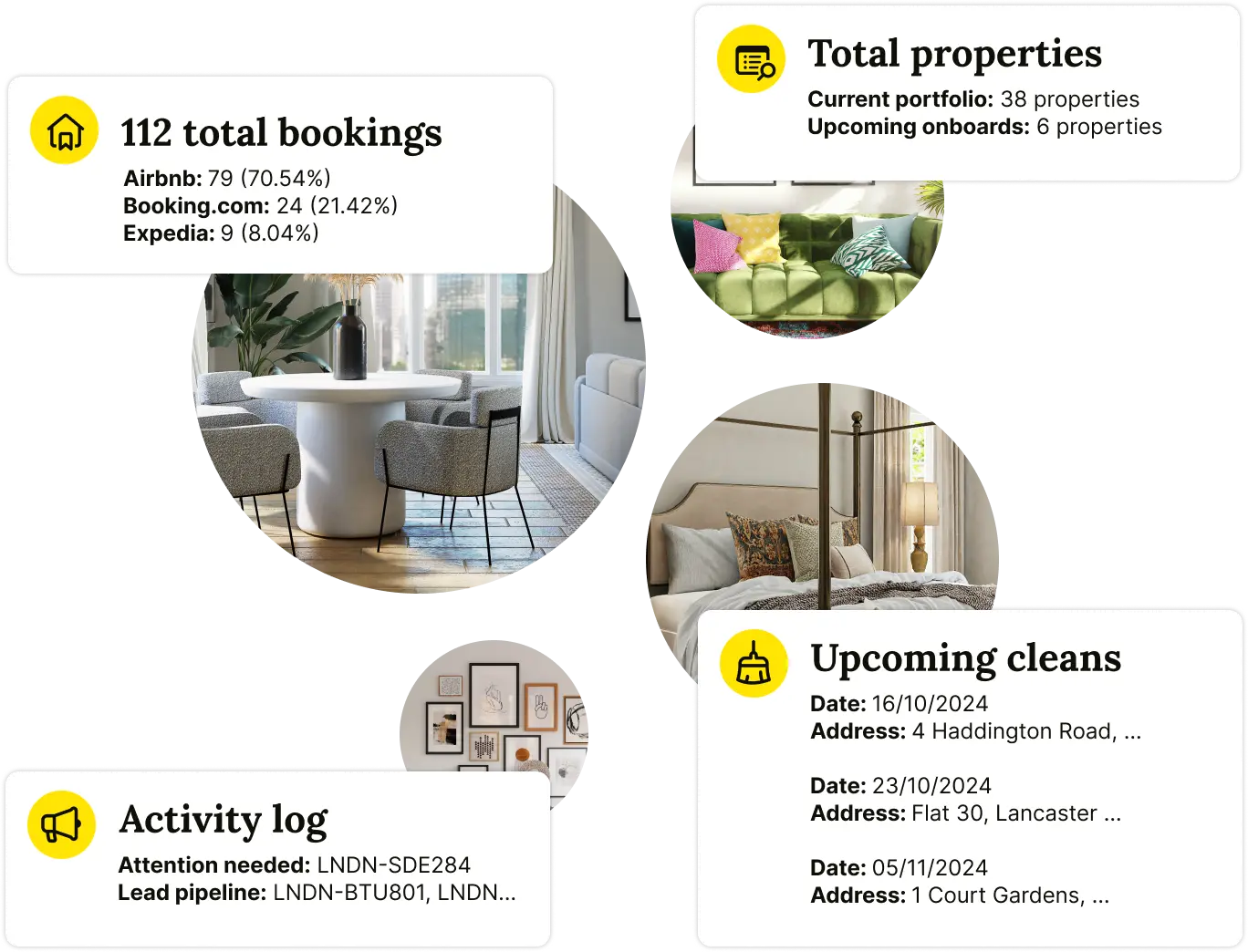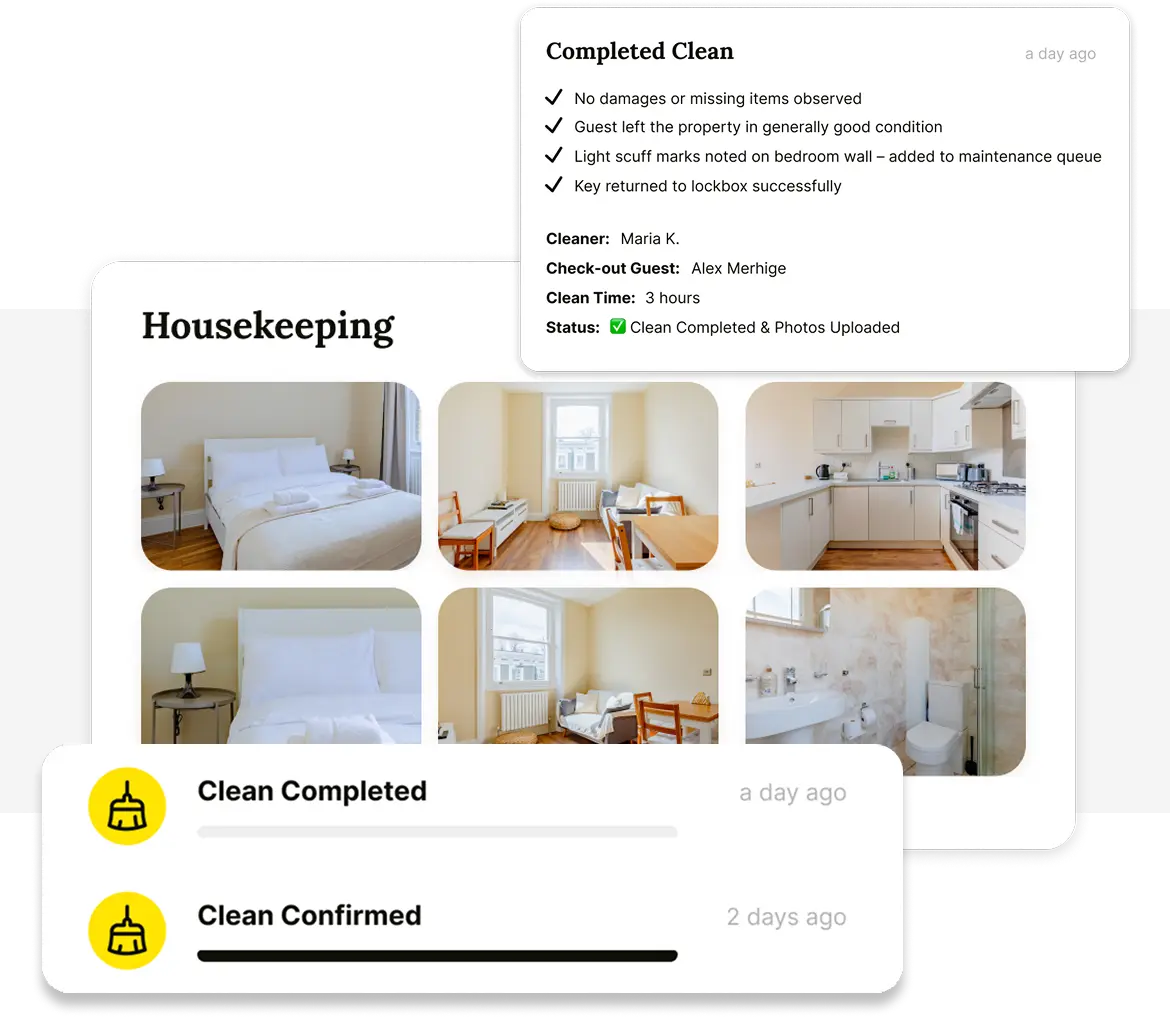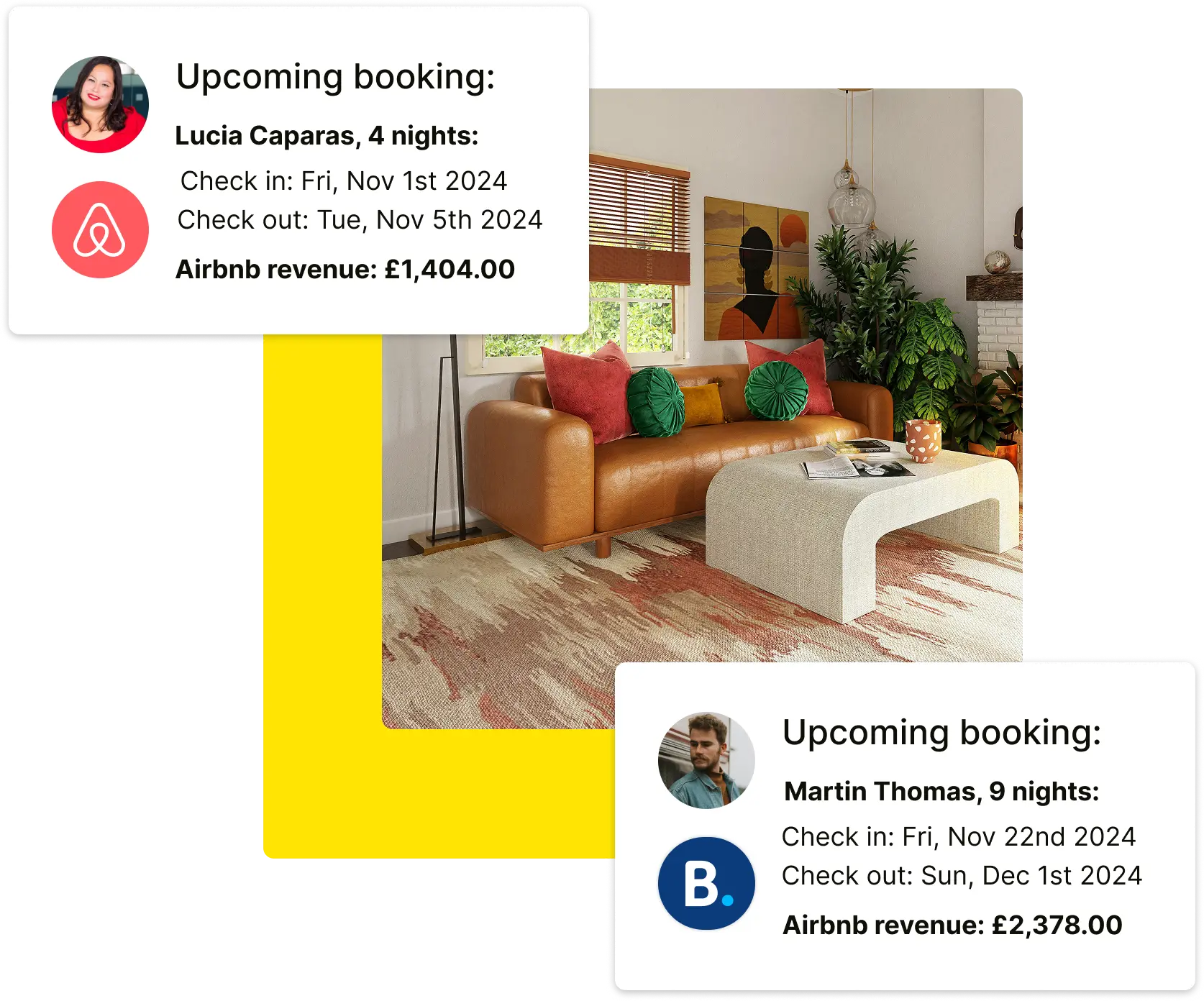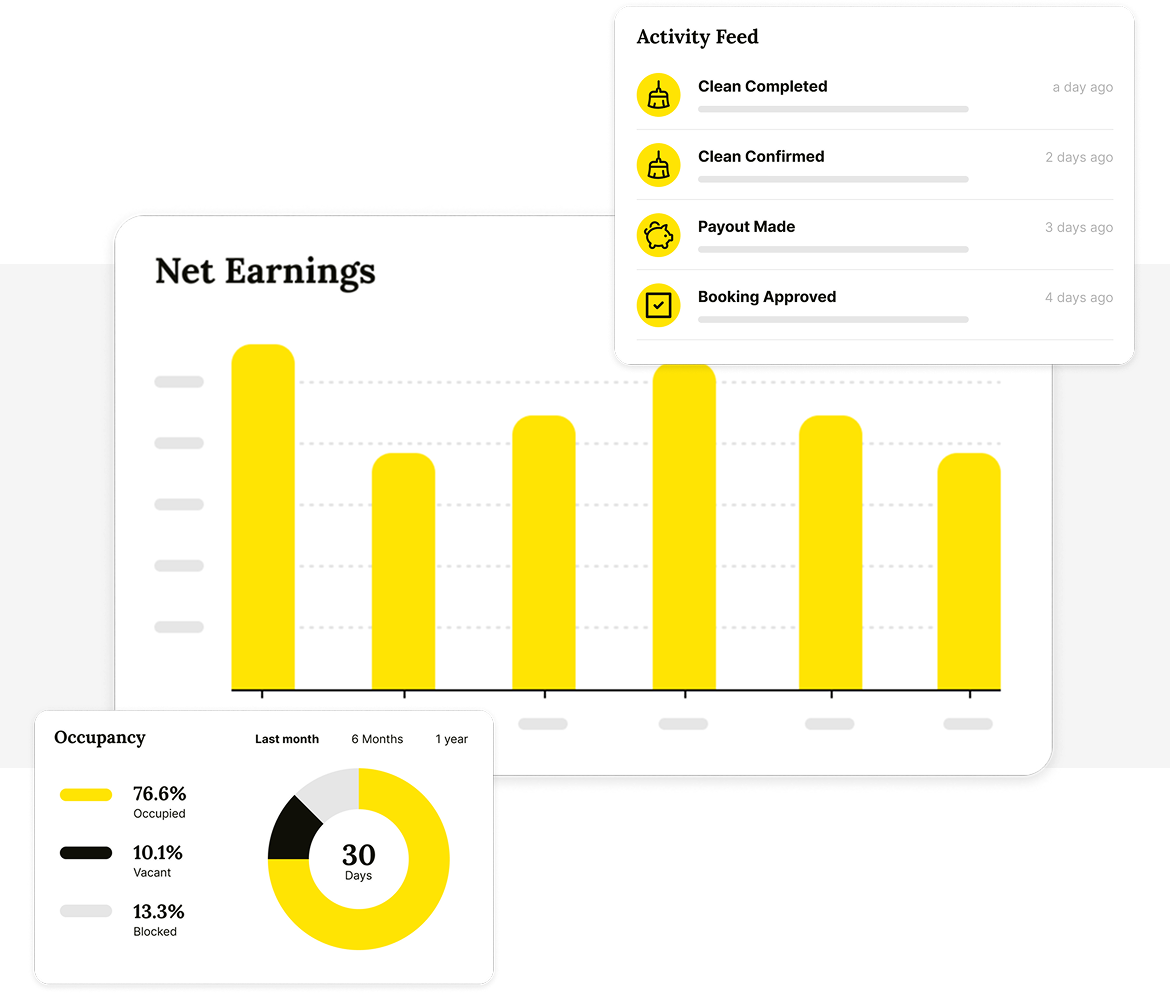The private rental sector (PRS) is undergoing significant changes, driven by evolving legislation and fluctuating mortgage rates.
As property investors reassess their strategies, it's crucial to consider alternative approaches to maximise returns and overcome the challenges associated with traditional Buy-to-Let (BTL) investments.
If you're reading this article, chances are you're seeking a solution to improve your portfolio's performance and achieve a higher return on investment.
Enter the realm of medium-term lets, a relatively untapped opportunity often overshadowed by the spotlight on long and short-term rentals.
Table of Contents
Exploring the Medium-Term Letting Strategy
Understanding Medium-Term Lets
Medium-term lets refer to alternative tenancy agreements ranging from 28+ days to six months. These arrangements cater to individuals seeking accommodation for specific timeframes, such as business travel, internships, longer stays, and temporary relocations. With the flexibility to tailor rental durations, medium-term lets have become increasingly popular, attracting a diverse range of tenants.
Prominent booking platforms like Vrbo, booking.com, Homelike, and others showcase medium-term rental opportunities, expanding their reach and driving their growth.
Rise in Medium-Term Lets
In recent years, the demand for medium-term lets has witnessed exponential growth. Platforms like Airbnb report significant increases in bookings for stays of 28 days or more, outpacing the growth of shorter stays.
The appeal of medium-term lets lies in their versatility, offering a convenient solution for those seeking temporary accommodations.
This rising trend has not gone unnoticed by Houst, who have observed record growth in landlords transitioning from traditional letting options to embrace the medium-term rental strategy.
With digital nomad workers and individuals opting for longer stays in alternative locations, the future of medium-term lets is poised for further expansion.
Dive Deeper: Discover the latest insights and trends in the 2023 summer market update for short-term rentals. From emerging destinations to traveler preferences, this blog post provides valuable information to help you stay ahead in the ever-evolving vacation rental industry.
Benefits for Landlords
Higher Rental Yields
Medium-term lets often command higher rental rates compared to long-term tenancies. Landlords can leverage the flexibility and convenience offered by medium-term rentals to charge a premium for shorter stays, particularly in high-demand areas or during peak seasons.
Consistent Occupancy
Unlike the turnover associated with short-term lets, medium-term lets provide landlords with a higher level of stability. Longer rental agreements translate to more consistent occupancy, reducing the time and effort spent searching for new tenants. This stability minimises the risk of income gaps, ensuring a steady cash flow.
Reduced Administrative Burden
Compared to the frequent check-ins and check-outs of short-term rentals, medium-term lets streamline the administrative process. Landlords can devote less time to managing reservations, coordinating arrivals, and handling cleaning, allowing them to focus on other aspects of property management.
Targeted Market
Medium-term lets attract a specific demographic of tenants seeking temporary accommodations for various purposes. Landlords can tailor their offerings to cater to this niche market, attracting reliable and responsible tenants who are more likely to respect and maintain the property.
Flexibility for Property Use
Opting for medium-term lets grants landlords greater flexibility in utilising their properties. They can rent out their properties for shorter periods, allowing them to retain access when needed. Whether for personal use or short-term rentals during specific periods, this flexibility adds value to the property investment.
No Late Tenant Payments
Depending on the host's preferences, landlords can receive upfront income when the booking is made, eliminating the need to chase tenants for monthly rent payments. Houst's booking platform partners offer monthly payouts for long-term reservations, simplifying financial management.
No Tenant Deposit Disputes
Houst ensures landlords are fully protected through their booking platform partners' damage insurance. In the event of any damage, guests are liable for repairs, and Houst's professional account managers handle the claims process, providing peace of mind to property owners.
Exploring the Opportunities with Houst
Houst has established itself as a leading player in the property management industry, offering comprehensive solutions to landlords seeking hassle-free management for their medium-term lets.
By leveraging a hybrid lettings model that maximises revenue throughout the year, Houst empowers Airbnb and short-term rental owners in London. Their effective mid-term strategies boast high occupancy rates, leading many multi-property landlords to switch full-time to this lucrative market segment.
Houst's dedication to shedding light on the potential of medium-term lets stems from the belief that it deserves attention as a viable and profitable strategy, free from the overshadowing presence of short and long-term rentals.
Conclusion
With the PRS landscape undergoing transformation, it's essential for landlords to adapt and explore alternative strategies that offer higher returns and reduced hassle. Medium-term lets provide an attractive proposition, combining higher rental yields, consistent occupancy, and reduced administrative burden.
By partnering with Houst, landlords can unlock the full potential of their BTL properties and tap into a growing market. Don't miss out on the opportunity to make the most of your investment. Contact Houst today for a free consultation and discover how much your BTL property can truly achieve.
🚀 Build a Thriving Airbnb Business with Houst
Monetize short-term rentals without owning property. Our Airbnb Business Partnership Program helps you start, scale, and automate a profitable Airbnb business with smart pricing, automation, and expert support.
💡 No Property Needed
📈 Expert Growth Strategies
🤖 Automated Hosting Tools

⭐ Rated 4.8/5 by 2,500+ Hosts

🧼 Airbnb Cleaning & Turnovers, Done Right

⭐ Rated 4.8/5 by 2,500+ Hosts

🚀 Build & Grow Your Airbnb Business with Houst
Turn your expertise into a profitable Airbnb business — without owning property.
Join Houst’s Airbnb Business Partnership Program to start, manage, and scale with ease. Get expert support, automation tools, and smart pricing strategies to maximize earnings and grow faster.

⭐ Rated 4.8/5 by 2,500+ Hosts


⭐ Rated 4.8/5 by 2,500+ Hosts

.webp)
🚀 Start & Scale Your Airbnb Business with Houst
Join Houst’s Airbnb Business Partnership Program to start, manage, and grow your short-term rental business. With expert marketing, automation tools, and dynamic pricing strategies, we help you maximise earnings and scale faster.

⭐ Rated 4.8/5 by 2,500+ Hosts



.jpg)

